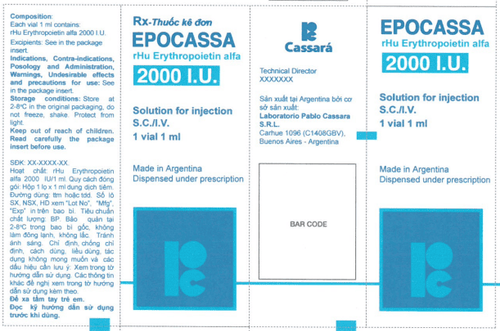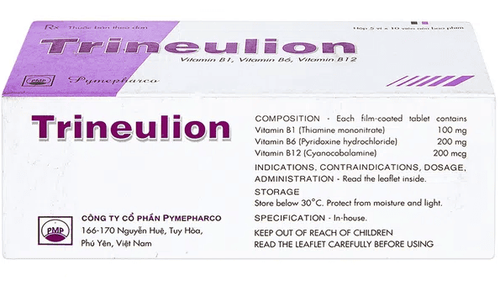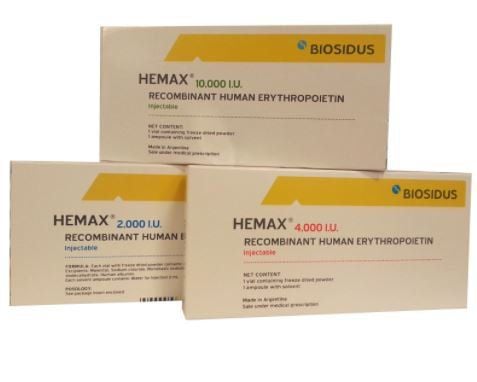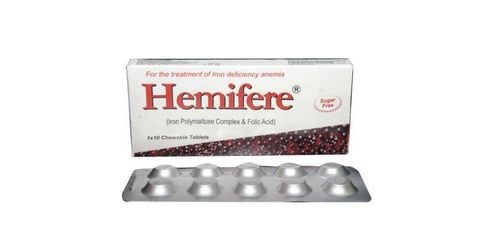This is an automatically translated article.
Anemia is a condition in which there are not enough healthy red blood cells in the blood to carry oxygen and nutrients to the body's tissues resulting in you feeling tired and weak.
1. Symptoms of anemia
There are many signs and symptoms of anemia, depending on the cause. If anemia is caused by a chronic illness, the disease can mask the symptoms of anemia, so anemia is only accidentally discovered when a person is tested for another condition.
Depending on the cause of the anemia, the person may have no symptoms or have the following symptoms:
Fatigue Weakness Pale or yellowish skin Irregular heartbeat Shortness of breath Dizziness Chest pain Hands and cold feet Headaches Anemia may be so mild at first that you won't notice it, but these symptoms will get worse when the cause of the anemia is not addressed.
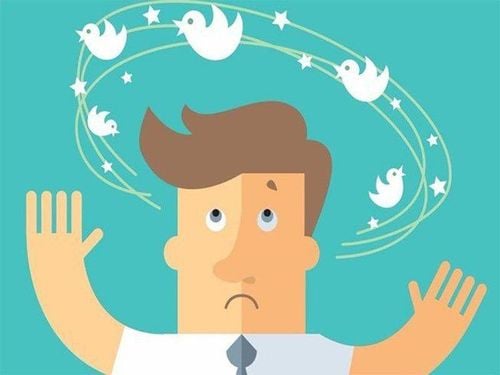
Chóng mặt là một trong những triệu chứng của bệnh thiếu máu
2. Causes of anemia
Currently, there are more than 400 types of anemia and are divided into three main groups:
Anemia caused by blood loss Anemia caused by reduced or faulty red blood cell production Anemia caused by the destruction of red blood cells.
2.1 Anemia due to blood loss
Patients can lose red blood cells when bleeding. Especially common in cases of prolonged bleeding that the patient may not notice include:
Gastrointestinal diseases such as hemorrhoids, gastritis and cancer Non-steroidal anti-inflammatory drugs (NSAIDs) such as aspirin or ibuprofen , which can cause ulcers and gastritis Periods, especially if the bleeding is excessive.

Mất máu do kỳ kinh nguyệt là một trong những nguyên nhân dẫn đến thiếu máu
2.2 Anemia due to reduced or faulty red blood cell production
With this type of anemia, your body doesn't make enough blood cells or the blood cells don't function properly. This can happen when you don't get enough minerals and vitamins for your body to produce blood cells and help them function properly. Diseases associated with these causes of anemia include:
Bone marrow and stem cell problems Iron deficiency anemia Sickle cell anemia Vitamin deficiency anemia. Bone marrow and stem cell problems can cause your body to not produce enough red blood cells. Some stem cells located in the bone marrow will develop into red blood cells, but if there are not enough stem cells or the stem cells do not function properly or are replaced by other cells such as cancer cells. cancer, it will lead to symptoms of anemia. Anemia caused by bone marrow or stem cell problems includes:
Aplastic anemia : Occurs when a person has no or enough stem cells. A person can develop aplastic anemia due to genes or bone marrow damage caused by certain drugs, radiation, chemotherapy, or infections. Lead poisoning: Lead is toxic to the bone marrow causing the body to have fewer red blood cells. Lead poisoning can occur when workers are exposed to lead at work or anemia in children if children drink leaded paint. The body can also become infected only if food is exposed to certain types of pottery that are not properly enameled. Thalassemia is an inherited disease caused by a deficiency in the synthesis of a globin chain in the hemoglobin of red blood cells. Thalassemia is an inherited recessive disease, the gene is located on the autosomal chromosome and can be passed from parent to child. The disease can range from mild to life-threatening, and the most severe form is called Cooley's anemia. Iron deficiency anemia occurs because the body doesn't have enough iron for the bone marrow to make hemoglobin, which is the part of red blood cells that carries oxygen to the body's organs. Causes of iron-deficiency anemia include:
Not enough iron in the diet, especially in infants, children, adolescents, dieters, and vegan diets Certain medications , caffeinated foods and drinks Digestive diseases such as Crohn's disease, or removal of part of the stomach or small intestine Regular blood donation Endurance exercises Pregnancy and breast-feeding Menstrual cycle. Vitamin deficiency anemia can occur when the body does not get enough vitamin B12 and folate. The human body needs these two vitamins to make red blood cells. Causes of this type of anemia include:
Deficiency in the diet: If you eat little or no meat, it will lead to vitamin B12 deficiency. For folate deficiency, it can be caused by overcooked vegetables or not eating enough vegetables. Megaloblastic anaemia: When your body doesn't have enough vitamin B12, folate, or both Pernicious anemia: When your body doesn't absorb enough vitamin B12 Other causes of Vitamin deficiencies include pregnancy, the use of certain medications, alcohol abuse, and intestinal diseases such as tropical sprue and celiac disease.
Anemia associated with other conditions usually occurs when the body does not have enough hormones to make red blood cells. Diseases that cause this type of anemia include:
Kidney disease Hypothyroidism Elderly Chronic diseases such as cancer, lupus, diabetes and rheumatoid arthritis
2.3 Anemia due to destruction of red blood cells
When red blood cells are fragile and can burst earlier than normal, hemolytic anemia occurs. Causes of this condition include:
lupus erythematosus Genetic diseases, such as sickle cell anemia, thalassemia, and thrombocytopenic purpura red blood cells are destroyed too soon. Shock to the body, such as infection, drugs, snake or spider venom, certain foods Toxins from liver or kidney disease Blood vessel transplantation, artificial heart valves, tumors, severe burns, increased Severe blood pressure and blood clotting disorders
Please dial HOTLINE for more information or register for an appointment HERE. Download MyVinmec app to make appointments faster and to manage your bookings easily.
References: mayoclinic.org, webmd.com




